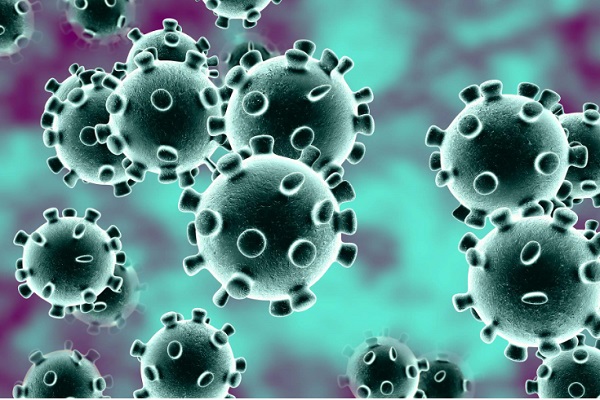 The Centers for Disease Control and Prevention (CDC) has tripled the number of symptoms reported by people who have tested positive for COVID-19.
The Centers for Disease Control and Prevention (CDC) has tripled the number of symptoms reported by people who have tested positive for COVID-19.
No longer do the key warning signs only include a cough, fever, and shortness of breath. They also now include these six new factors that may appear anywhere from 2-14 days after someone is exposed to the virus:
-
Chills
-
Repeated shaking with chills
-
Muscle pain
-
Headache
-
Sore throat
-
New loss of taste or smell
Updated guidance on when to seek emergency help
In addition, the CDC now lists four key indicators that require immediate emergency attention:
-
Trouble breathing
-
Persistent pain or pressure in the chest
-
New confusion or inability to arouse
-
Bluish lips or face
“This list is not all-inclusive,” the CDC warns. “Please consult your medical provider for any other symptoms that are severe or concerning to you. Call 911 if you have a medical emergency: Notify the operator that you have, or think you might have, COVID-19. If possible, put on a cloth face covering before medical help arrives.”
Rapidly evolving situation
With 3.7+ million COVID-19 tests conducted by laboratories in the U.S. and nearly 20 million results via the agency’s “Clara” self-checker as substantiation, the CDC’s latest update called the pandemic’s status a “rapidly evolving situation.”
Among the symptoms the agency is likely to be gathering evidence on are conjunctivitis (pink eye), skin rashes, diarrhea, and something completely new on the scene — “COVID toes.”
Podiatrists in Spain have reported that they have encountered “numerous cases of sick people, mainly children and young people, who had small dermatological lesions on their feet.” Interestingly, those symptoms sometimes show up in advance of the more typical symptoms.
According to Spain’s General Council of Official Colleges of Podiatrists, the lesions are purple’ish in color and usually appear around the tips of the toes. Tracking the symptoms through their evolution, the Council said that when the lesions heal, they do not leave marks like, say, chickenpox or measles might.
Not even close to being out of the woods
Despite communities and states being anxious to jumpstart their economies again, the CDC’s surveillance of the coronavirus shows that the virus is in the acceleration (or “speeding up”) phase — the interval where it infects susceptible people. Before we’re completely out of the woods, we have to get through two more key phases: the deceleration (or “slowing down”) phase and the preparation for future pandemic waves phase.
Even when those last two phases are marked as completed, the CDC says people should prepare for possible additional waves of infection reports Consumer Affairs.
“It is possible that a second pandemic wave could have higher severity than the initial wave,” the CDC says, insisting that the only true way to know when the pandemic can be declared over is “when enough data shows that the influenza virus, worldwide, is similar to a seasonal influenza virus in how it spreads and the severity of the illness it can cause.”
Become a Harlem Insider!
By submitting this form, you are consenting to receive marketing emails from: . You can revoke your consent to receive emails at any time by using the SafeUnsubscribe® link, found at the bottom of every email. Emails are serviced by Constant Contact








